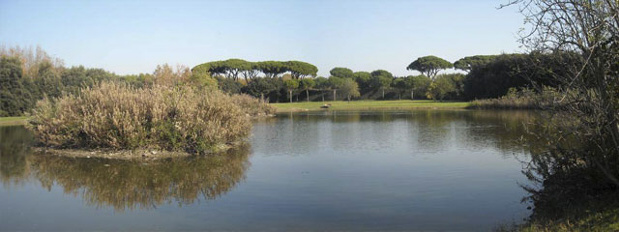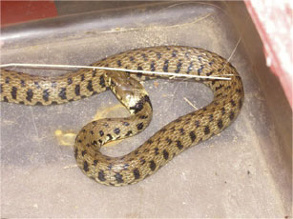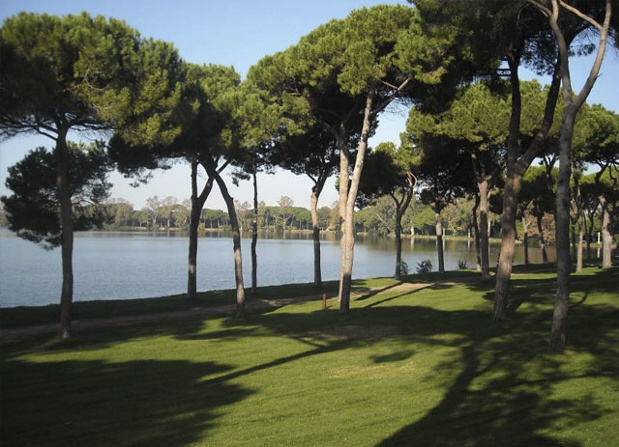SPA Management Plan
The Portus Foundation manages, on behalf of the Oasis of Porto Consortium, those lands and infrastructures that constitute more than 90% of the Special Protection Area (SPA).
The Provincial Ecological Network (PEN) identifies the site as a primary component (PC), "core areas" or "areas of natural interest that are already subject to restrictions and regulations". Such are is characterized by a "buffer area", or "reservoir in contact with core areas with presence of flora, fauna and vegetation of significant bio-geographical and conservation concern ".
The site is also located inside the “Zone 1” integral reserve of the State Natural Reserve of the Roman Coast and lake basin. The lake is of artificial nature, and is classified as a “Wetland” under the 1974 Ramsar Convention, comparable to such area as "ponds, swamps, bogs, permanent natural and artificial basins with brackish or soft running water or backwater".
The SPA area is included in the important archaeological area within the port system of the Imperial Rome, and in particular the Port of Trajan, of which the current artificial reservoir lake, in its hexagonal shape, consists the harbor basin.
It has been subject to multiple transformation stages:
• the formation and development of the city of Porto, corresponding to the Roman period (VI BC - VII AD);
• the medieval phase relative to its abandonment, and the fortification of the coastal territory (VII AD - XIV AD) with the construction and fortification of the Castle of Portus and the coastal towers (Niccolina, Clementine);
• the modern stage (XIV - XX century) corresponding to the territorial and landscape transformation related firstly to the great land reclamation and the formation of the town of Fiumicino, secondly to the contemporary transformations related to the construction of the international airport "Leonardo da Vinci" and to the new planning instruments in force expected settlements and infrastructures.
In the contiguous areas, and within the SPA area, a large number of goods are consequently present. Such goods may be classified as environmental also archaeological, architectural and landscape. They are subject to specific safeguard regulations, aimed at their preservation and enhancement, in accordance to the Lazio Region the landscape plan ( PTPR, TAV. B Heritage Landscape).
The recognition of the presence of these levels of constraint and protection (EU, national, regional, local) clearly shows the exceptional nature of this site as well as of its wide area of which it is part.
It is the result of a unique combination of components value as it combines species of Community interest (Birds Directive 79/409), historical – archaeological goods, particularly valued landscape (Legislative Decree 42/2004), landscape characteristics of identity (Institution Reserve, DM 03/29/1996), and socio-economic strategic factors. These components are closely interrelated and change as a result of the mutual transformations, according to a logic of "network of networks".
Despite this undisputed and recognized value, it is important to evidence that the SPA is characterized by a high degree of residual nature within a heavily anthropic area, and currently affected by major changes. Changes that will continue to increase its character of marginality. The need to settle again a "network" environment, for the SPA, is closely related with the establishment and verification that habitats and present species risk to disappear, since isolated because of their progressive fragmentation. The risk of extinction of a population increases with the decrease of an available area and with an increasing isolation.



